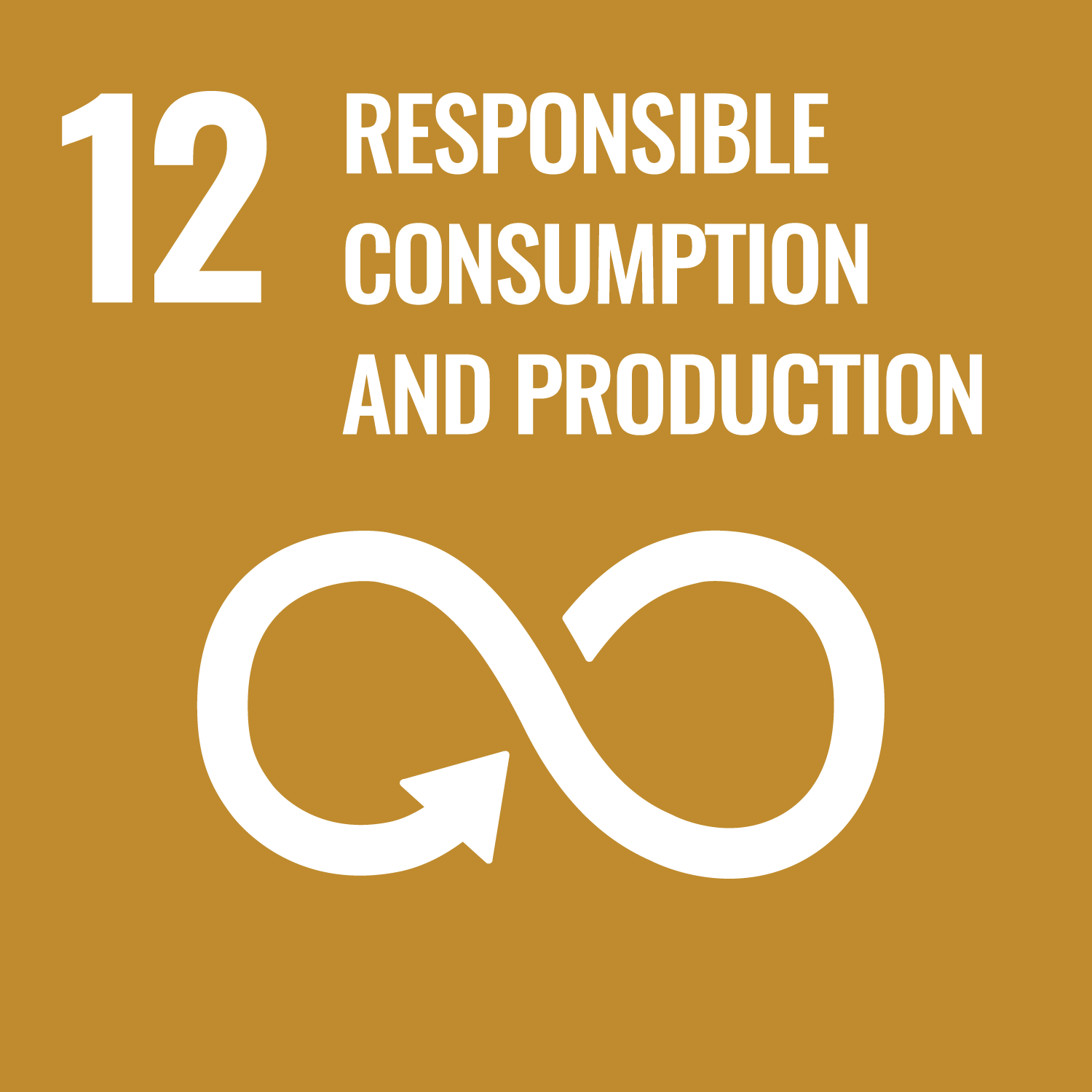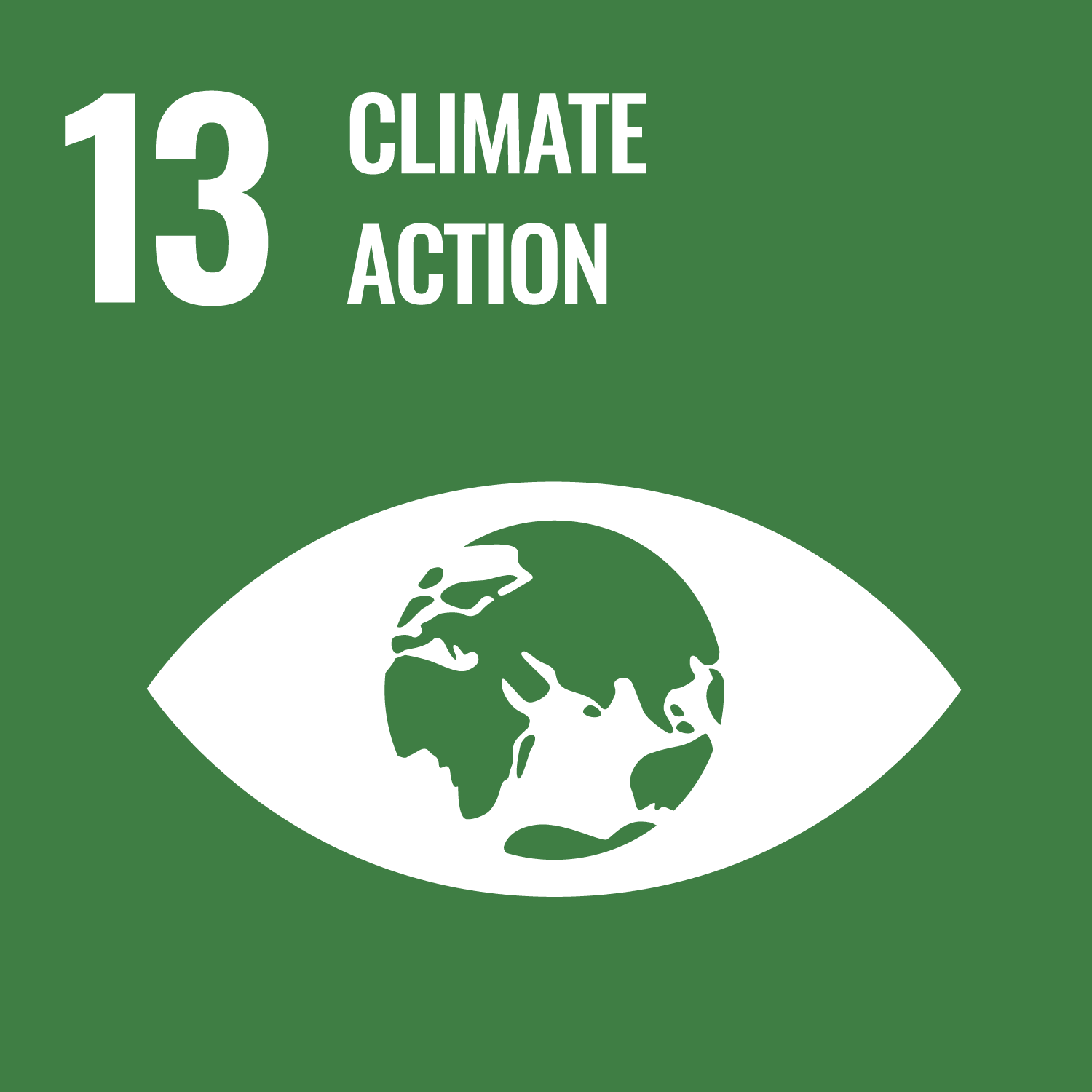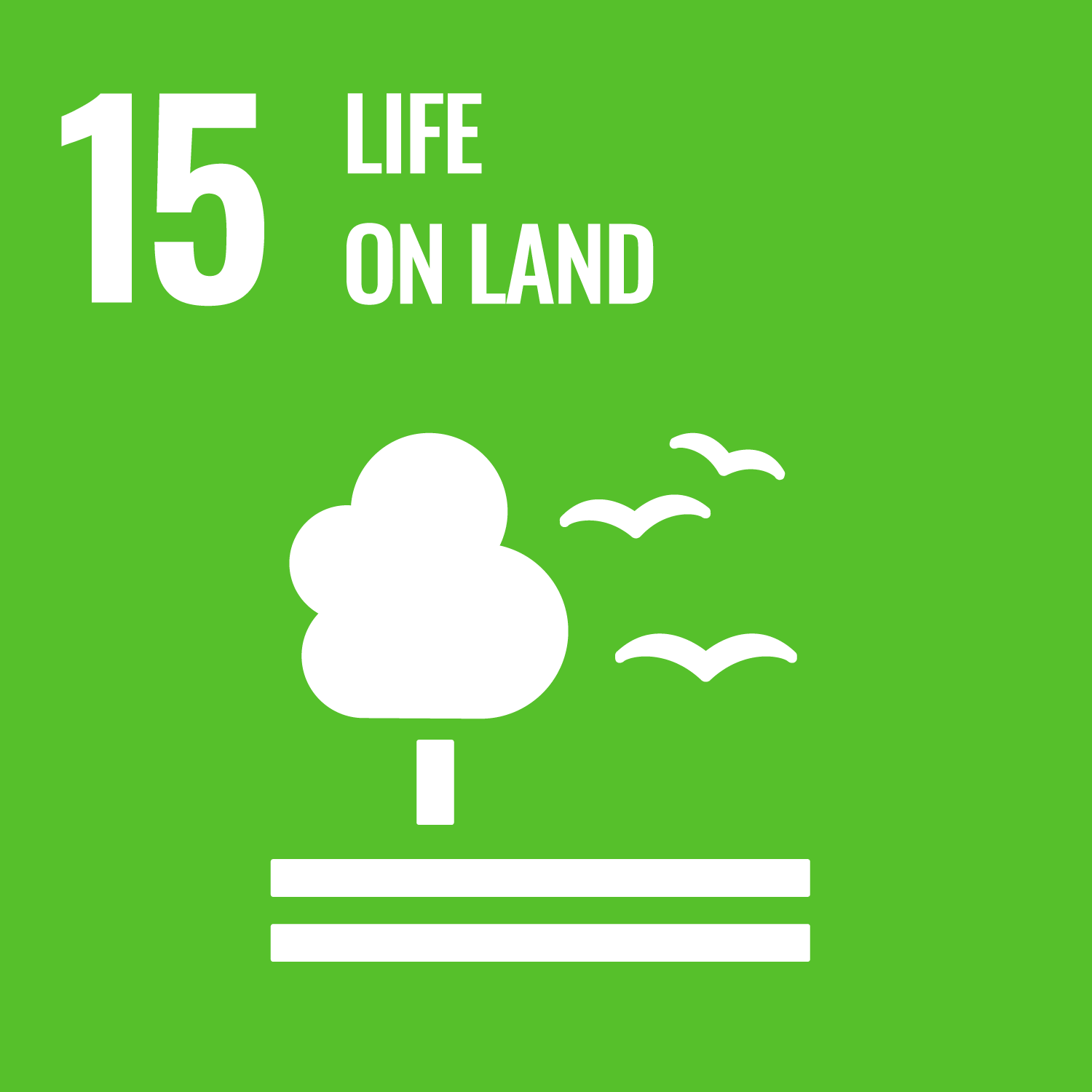
Handbook type: Interactive learning / teaching / training material.
Target audience:
• Individuals – adults age of 25 to 64 + willing to change their own mindset and to improve habits having an impact on environmental sustainability.
• Trainers in the field of adult education, who provide training at different target audiences, where themes are directly related to environmental sustainability or other topics where environmental sustainability issues are linked.
Languages: English, Latvian, Italian, German and Croatian.
Introduction
Context and authors of the handbook: The handbook has been elaborated within the European Union Erasmus+ Programme co-funded project “Intergenerational Learning Communities towards Environmental Sustainability” (ILCES). The project goal is to strengthen intergenerational learning within the community to promote environmental awareness and change of behavior towards environmental sustainability. There are five partners in the consortium: Latvia University of Life Sciences and Technologies (lead partner), CESIE (Italy), Volkshochschule im Landkreis Cham EV (Germany), Redial Partnership CLG (Ireland), DIOPTER OTVORENO UCILISTE (Croatia). All partners have participated in elaboration of the training material, where offered solutions and approaches are illustrated by good practice examples identified in the involved countries.
The main objective of the handbook is to raise awareness and to provide to the learners a broader understanding of environmental sustainability issues and to change mindset in order each of us can take in everyday life actions, behavior in a way our community, environment and planet become more sustainable.
In the handbook we have considered the environmental challenges to which actions taken by individuals make the strongest impact and which, properly addressed by an individual, a family, community and country can make improvements towards reduction of negative impacts on sustainability and increase of environmental sustainability at European and global level. Each challenge described in the next chapter refers to a certain UN Sustainable Development goals, adopted by all United Nations Member States and to be achieved till 2030.
Each challenge can be viewed and considered as a separate theme in one or several training sessions, where participants go through all the materials and tasks, and at the very end assess himself/herself with regard to the environmental footprint – the effect that a person or his/her activity, etc. has created on the environment. In-class training sessions can be adjusted with group discussions, sharing of views, experiences.
Global environmental sustainability challenges addressed
In this chapter a short description of the most common global environmental challenges has been provided – what is the challenge, how it is viewed in the global community, what impact the challenge has on the lives of individuals, families, communities and countries. Pictograms provided demonstrate links of the challenges to the United Nations Sustainable Development Goals. Though each described challenge is supplemented with one particular pictogram, some are linked to several Goals.

Food waste
Read more
A third of the world’s food intended for human consumption – around 1.3 billion tons – is wasted or lost. In developed countries, inter alia in European countries, 40 % of food waste occurs at the retail and consumer levels. At the retail level, a shocking amount of food is wasted because of aesthetic reasons – more than 50 % of all produce thrown away is done because it is deemed to be “too ugly” to be sold to consumers. This leads to food insecurity, another one of the biggest environmental problems on the list. In countries with higher levels of well-being, the inhabitants should take responsibility for global food security, thereby providing support to the societies of regions and countries lacking food.
Household waste management
Read more
Sustainable waste management aims to keep goods and materials in use for as long as possible and minimize the amount of solid waste that is disposed of in landfill or through incineration. However, in the existing economies, waste begins even before products are manufactured, and a more in-depth approach to sustainable waste management must focus on the entire lifecycle of a product to enable us to help reduce the negative environmental, social, and financial impacts of 21st-century consumption habits. Whether focusing on waste reduction at end-of-life or designing waste out of the production cycle at the conceptual stage, new waste management practices are required to effectively deal with existing waste streams while also reducing the amount of waste at the same time.
Fast fashion and textile waste
Read more
The global demand for fashion and clothing has risen at an unprecedented rate that the fashion industry now accounts for 10% of global carbon emissions, becoming one of the biggest environmental problems of our time. Fashion alone produces more greenhouse gas emissions than both the aviation and shipping sectors combined, and nearly 20% of global wastewater, or around 93 billion cubic meters from textile dyeing, according to the UN Environment Programme. Discarded clothing and textile waste ends up in landfills, most of which is non-biodegradable, while microplastics from clothing materials such as polyester, nylon, polyamide, acrylic and other synthetic materials, are leached into soil and nearby water sources.

Read more
The last time carbon dioxide levels on our planet were as high as today was more than 4 million years ago. Increased emissions of greenhouse gasses have led to a rapid and steady increase in global temperatures, which in turn is causing catastrophic events all over the world: tropical storms, hurricanes, heatwaves and flooding tend to be more intense and frequent than seen before.
Read more
In 1950, the world produced more than 2 million tons of plastic per year. By 2015, this annual production swelled to 419 million tons and exacerbated plastic waste in the environment. Considering that plastic takes 400 years to decompose, it will be many generations until it ceases to exist. There’s no telling what the irreversible effects of plastic pollution will have on the environment in the long run.

Read more
Consumption and production relies on the input of natural resources, which are extracted from the environment and often processed or manufactured to form the final products and services that we produce and consume. The products and services we produce and consume also depend on burning fossil fuels such as coal, oil and gas to generate the energy that powers machinery, factories, processing plants, transportation and the use of many products and services. Even services like education, healthcare and telecommunications rely on infrastructure, technology and energy that are built and powered using natural resources. The amount of materials used in production and consumption continues to rise at the global level and the rate at which materials are being extracted globally is outpacing both population and economic growth, meaning we are using more materials and less efficiently. If business as usual continues, global resource extraction will increase 110% by 2060.
Read more
The past 50 years the world have seen a rapid growth of human consumption, population, global trade and urbanization, resulting in humanity using more of the Earth’s resources than it can replenish naturally. A recent WWF report attributes the biodiversity loss to a variety of factors, but mainly land-use change, particularly the conversion of habitats, like forests, grasslands into agricultural systems.
Training
learning modules
The handbook covers seven global environmental sustainability challenges, caused the most by habits used and actions taken by individuals, families and communities. They have been associated and addressed in the six training / learning modules as following:
Module 1: Food waste
Module 2: Household waste
Module 3: Fast fashion and textile waste
Module 4: Global warming from fossil fuels
Module 5: Plastic pollution
Module 6: Reduction/lack of natural resources and biodiversity loss
Modules’
structure and scope
In order to provide users of the handbook a clear understanding of contents and methodology, the modules are structured in a uniform format. Each module has a name (the same as in the previous section) and a short description that specifies objective, main target audience, and expected results that the selected module user will achieve after exercising the tasks.
The tasks are grouped into eight units in total, where six units include exercises by types of actions to be applied for more efficient use of resources (we call them 6 Rs – these are units No.2-7), as well introduction unit (No.1) and reflection unit (No.8).
Please see more detailed information below.
UNIT 1
Introduction
Shortly describes existing problems of the particular environmental sustainability challenge (all six are listed in the section above), as well as their scale and the negative impacts. The chapter aims to give users an idea of the scope of the problem and the role of individuals and to encourage them to take actions to improve the situation.
UNIT 2
Rethinking
The unit calls on users to reconsider and evaluate their own as individuals and their family traditions and habits with regard to the use of the specific type of resources, and on the basis of findings to make reasonable conclusions as to whether existing habits are effective and environmentally friendly, or whether changes are necessary. Identified challenges will help to search for solutions and develop the action plan in the next units.
UNIT 3
Refusing
The unit calls for an action plan – planning and implementation of measures in order to avoid creation of waste of the specific type of resources or even to come to the zero-waste level. The result will be your statement to yourself and people in your social circle on willingness to use resources more efficiently, longer, and possibly to share your best practices with the family and the community.
UNIT 4
Reducing
Planning and implementation of measures in order to reduce the amount of waste of the specific type of resources or to decrease negative impacts of human actions are observed in the unit. Methods to be applied in order to encourage the creation of ideas and plans are proposed. The unit emphasizes the role of the group in finding creative and efficient approaches, especially with regard to the challenges having wider environmental impact. E.g., on biodiversity.
UNIT 5
Reusing
The unit encourages users to think about ways how different things and stuff can be repeatedly used, especially the one produced from non-degradable or slow-degradable ingredients. Tasks and creative ideas on how to give second life to the goods, how to plan efficient purchases and other aspects are provided in the chapter.
UNIT 6
Repairing
Tasks of the unit are leading towards identifying “what you do not need anymore” and to find creative ideas “what can be application or new functionality of the old stuff”. Good examples provided will help to look at stuff more creatively.
UNIT 7
Recycling
People are creating a lot of waste and are collecting a huge number of household items over their lifetime. Sometimes it is difficult to find good solutions for their reuse. The unit offers broad information, how and where different wastes can be recycled and where and by whom old stuff can be used. Based on new awareness, users will be more aware of environmentally friendly ways to dispose of unnecessary things.
UNIT 8
Reflection time
After completion of all tasks within the module, an individual participant or a group jointly review knowledge acquired, lessons learnt, and experiences gained. Exercises will help users to find out benefits if the consumption habits are improved as well to identify further actions needed to create positive impact towards environmental sustainability.
